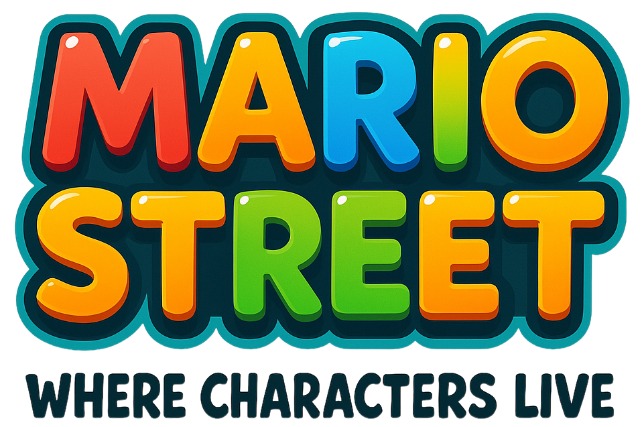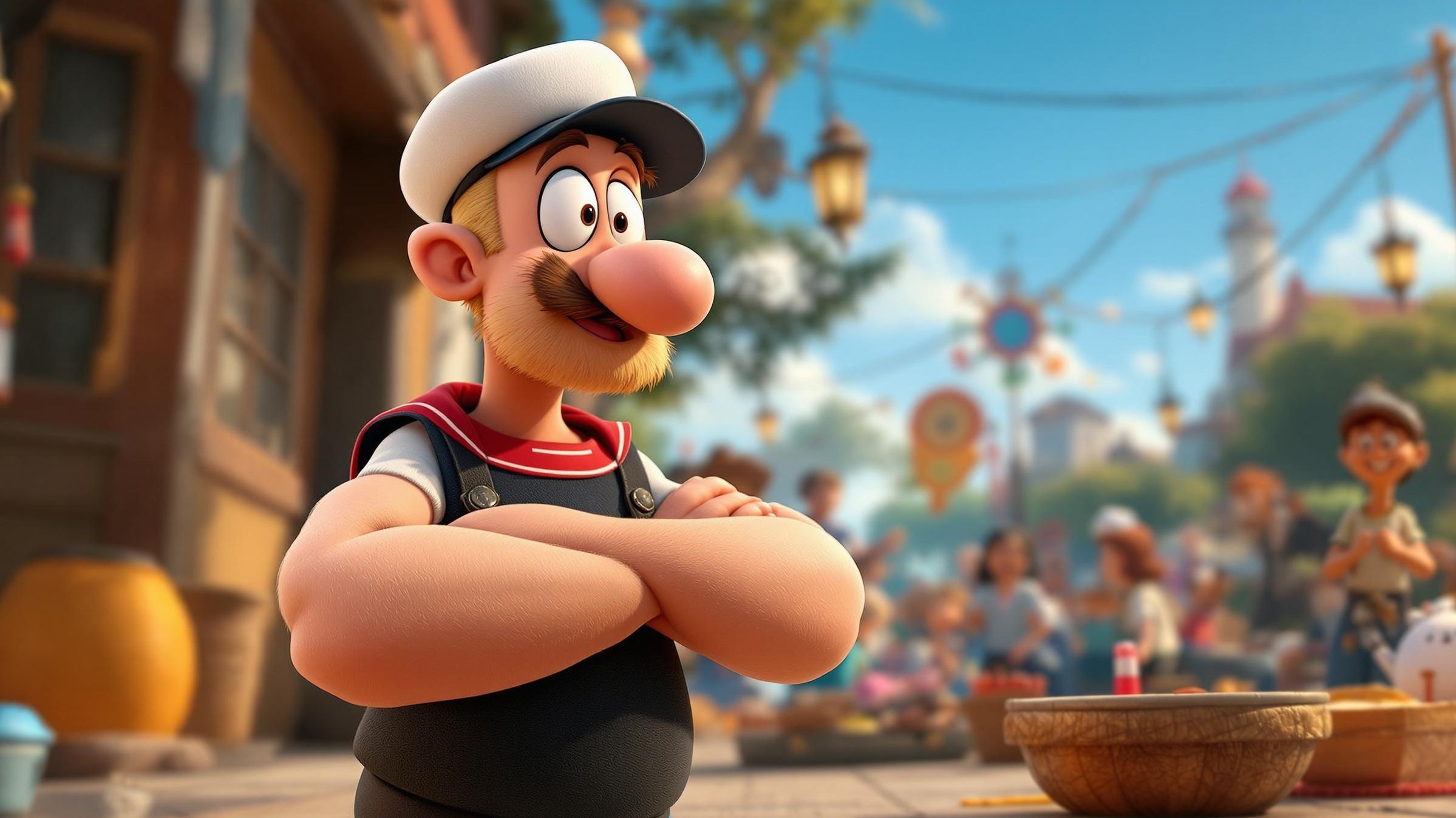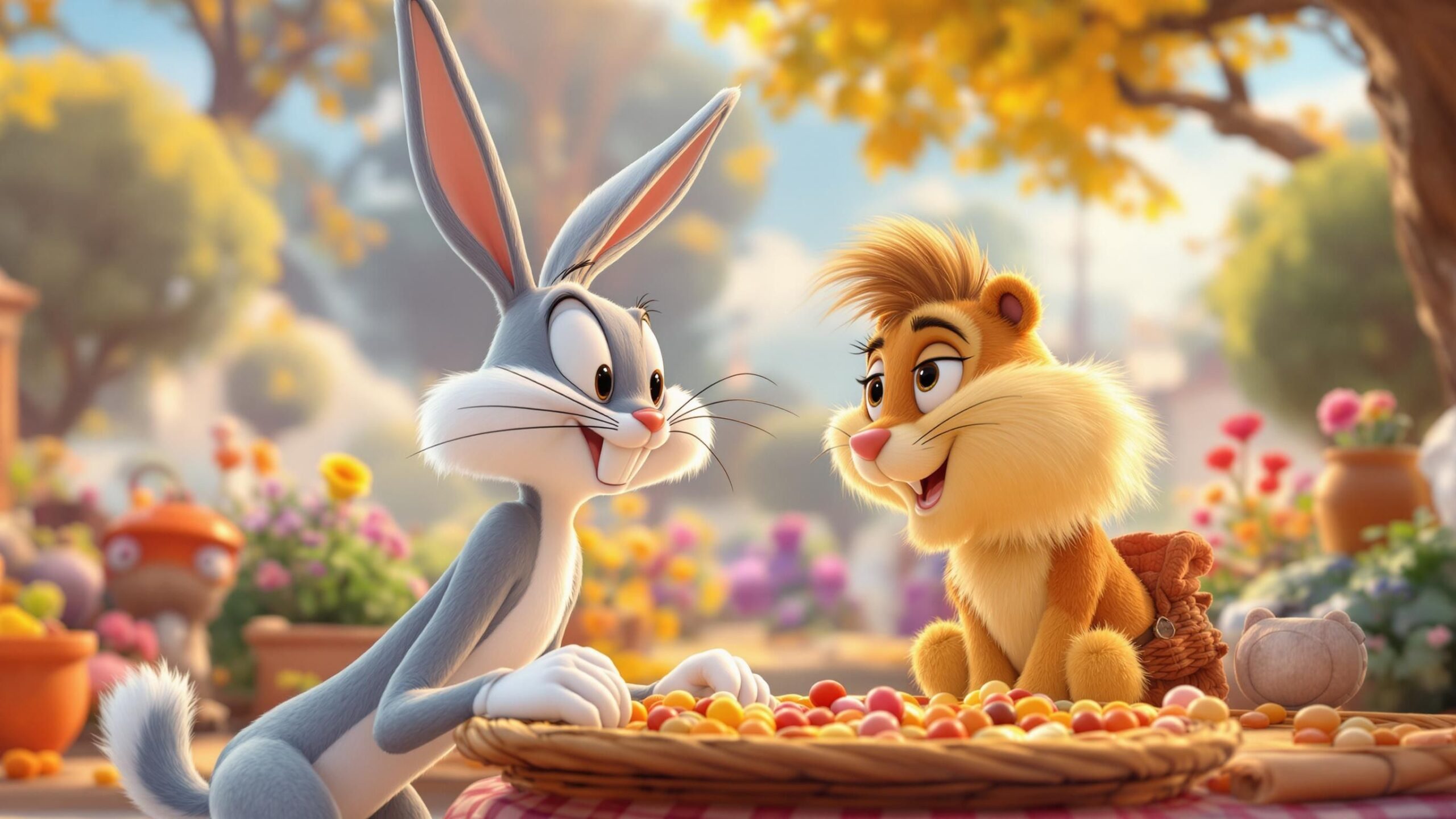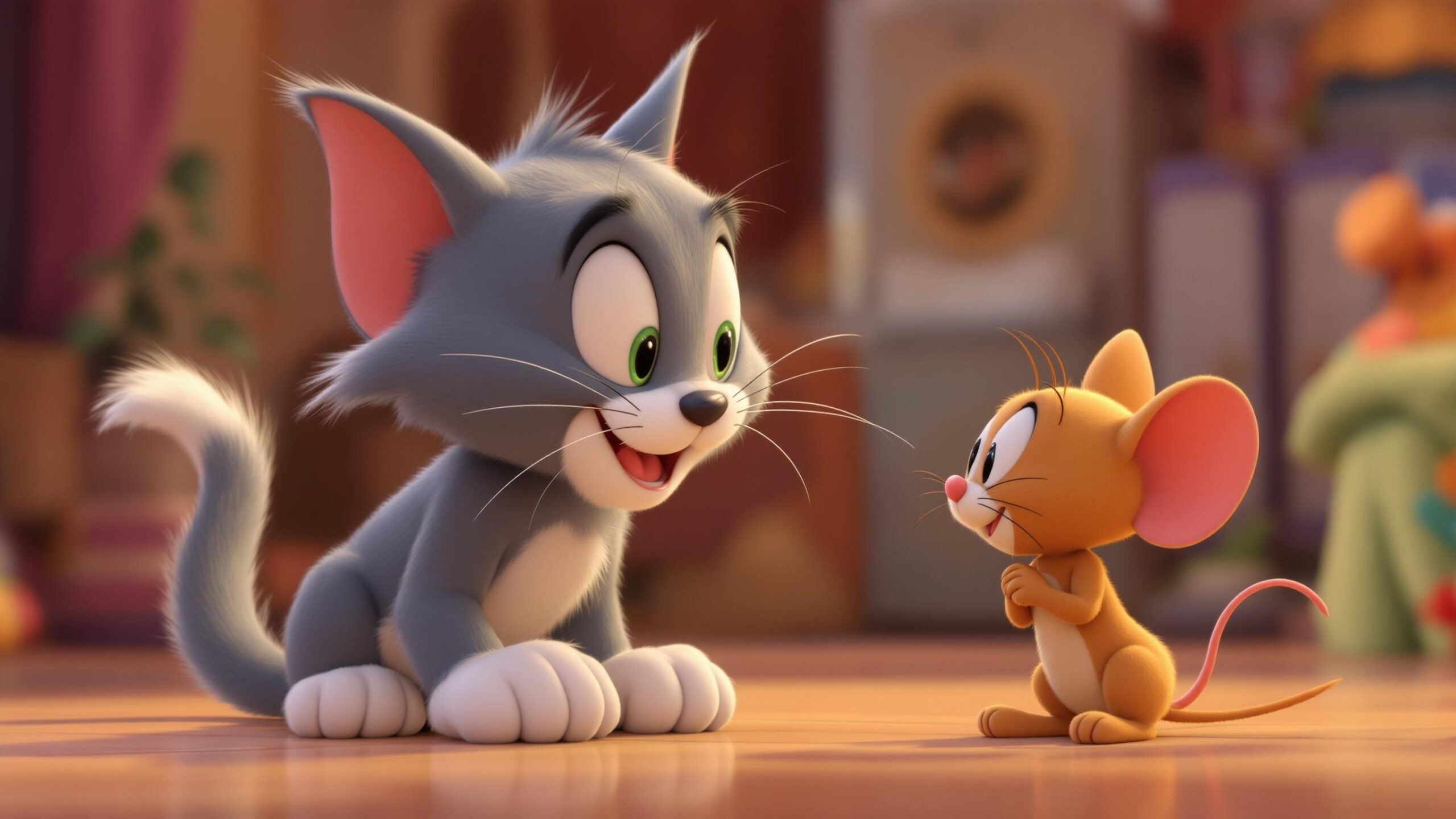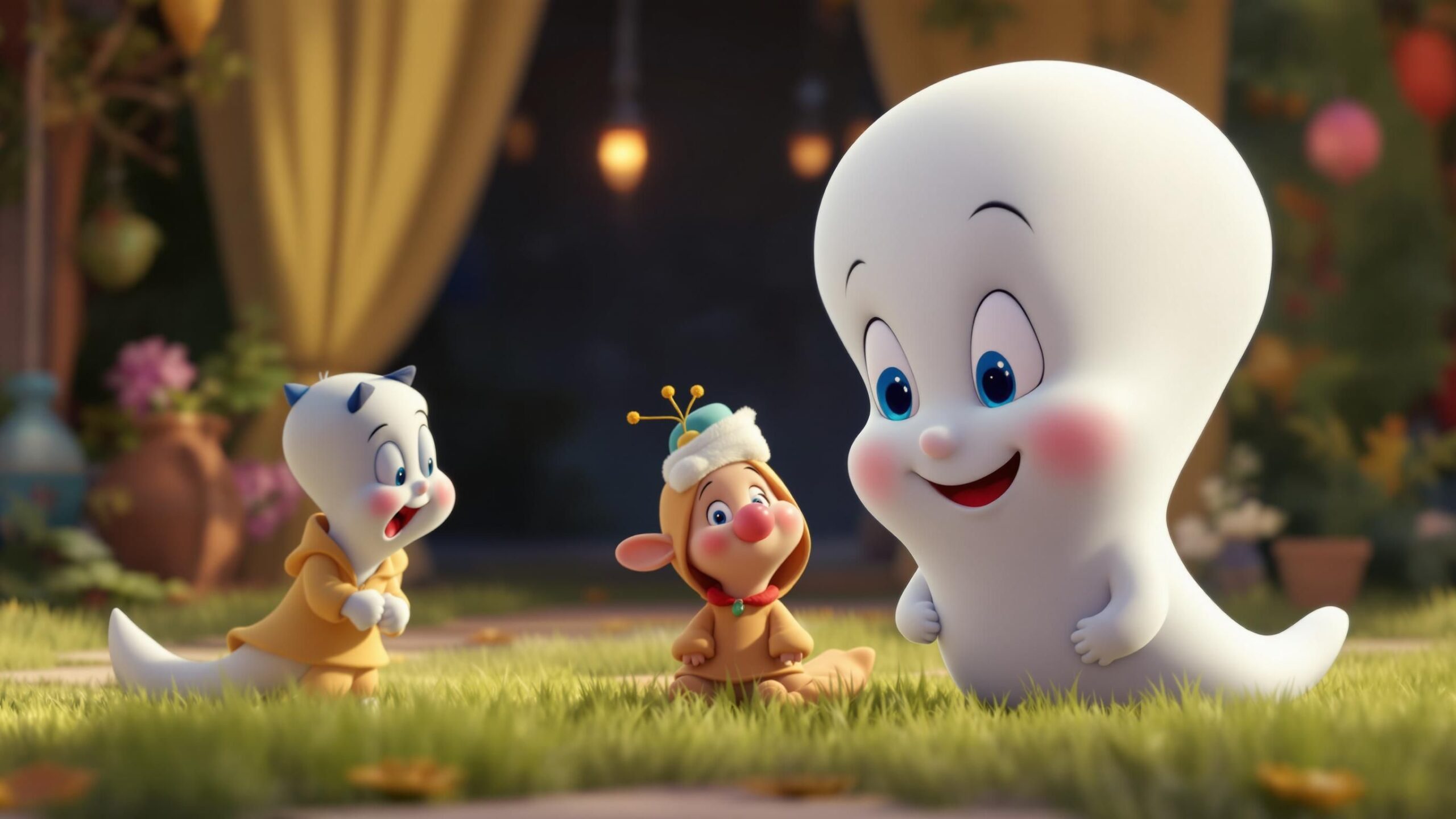The Sailor Who Sailed Beyond Stereotypes
When you think of Popeye the Sailor, the first thing that probably pops into your head is a squinty-eyed tough guy with a corncob pipe, massive forearms, and an unshakable craving for spinach. But look beyond those bulging biceps, and you’ll discover a character with more depth than the ocean he sails. Popeye isn’t just about punching out Bluto or flexing for Olive Oyl—he’s a cultural icon, a working-class hero, a walking contradiction of grit and heart. Over the decades, he’s proved that muscle isn’t everything—it’s what drives the muscle that counts.
Spinach-Powered Strength—and Morality
Yes, Popeye gets his power from spinach, and sure, that’s been the running gag since the 1930s. But here’s the twist: the spinach isn’t just a quirky source of super strength—it’s a symbol. In a world filled with superheroes born from radiation, magic, or alien DNA, Popeye is the guy who powers up through healthy eating. It’s wholesome. It’s goofy. But it also reinforces a message about self-improvement, resourcefulness, and making the best of what you’ve got.
And Popeye doesn’t fight for the thrill of it. His fists may fly like wrecking balls, but they’re almost always in service of justice. Whether he’s defending Olive from Bluto’s latest scheme or sticking up for underdogs, Popeye’s moral compass is rock-solid. He’s the kind of guy who’d break a guy’s nose and then give him a second chance over a can of beans. He’s brawny, but never a bully.
A Blue-Collar Hero with a Big Heart
What makes Popeye so lovable is how deeply working-class he is. He’s rough around the edges, speaks in garbled sea slang, and rocks an anchor tattoo like he was born on the docks. But there’s no mistaking the values he represents: hard work, loyalty, resilience, and taking pride in your job, even when life gets stormy.
Popeye is a champion of the common man. He doesn’t have a Batcave or a mansion, and he’s never invited to the Justice League’s cocktail parties. But give him a leaky tugboat, a can of spinach, and someone in need, and he’s all in. His charm lies in his simplicity. He’s proof that heroism doesn’t require a cape—just guts, grit, and a goofy grin.
Olive Oyl and Emotional Depth
At first glance, Popeye’s relationship with Olive Oyl might seem like an endless loop of damsel-in-distress rescues. But the truth is more nuanced. Olive isn’t just a love interest—she’s a fully-fledged character with her own quirks, ambitions, and moments of boldness. And Popeye? He adores her, not for her looks or her need for rescuing, but because she’s part of his world.
Their dynamic reveals a softer, more vulnerable side to Popeye. He pines. He blushes. He gets awkward. He even sings sappy love ballads in his scratchy sailor voice. These moments show that beneath all the machismo is a romantic soul who longs for connection. He may be rough and tumble, but his heart beats as loudly as his fists thump.
Humor That Endures Through Generations
Let’s be honest—Popeye cartoons are just plain fun. The slapstick humor, the exaggerated animations, the whimsical sound effects—they’re comedy gold. But more than that, they’re smart. Popeye’s world is built on clever contradictions: he’s tough but tender, weird looking but deeply lovable, and perpetually underdog but always victorious.
The writing, even in its earliest black-and-white iterations, was layered with satire and silliness. From poking fun at society’s obsession with image to portraying absurd workplace antics, Popeye has always leaned into the bizarre with fearless glee. It’s no wonder generations of kids—and adults—still get a kick out of his antics.
A Symbol of Perseverance in Pop Culture
During the Great Depression, Popeye became a national sensation. Why? Because he embodied the kind of stubborn perseverance Americans desperately needed. He didn’t have much, but he kept going. That image—of a sailor who takes hits and keeps swinging—is powerful.
Even during World War II, Popeye served as a symbolic soldier, punching out Nazis and boosting morale. He wasn’t just a cartoon character; he was a morale machine. When people felt like they were drowning, Popeye reminded them to roll up their sleeves, grab some spinach, and fight through it.
The Eccentric Ensemble That Made It Work
Let’s not forget the rest of the Popeye universe—because it’s weird and wonderful. Wimpy, the burger-loving moocher with the iconic line, “I’ll gladly pay you Tuesday for a hamburger today,” is comedy incarnate. Swee ’Pea, the baby Popeye unexpectedly takes care of, adds a dose of unexpected fatherhood to his story. And Bluto—loud, hairy, and consistently outmatched—makes the perfect over-the-top antagonist.
These side characters aren’t just background noise. They help paint Popeye’s world as one of lovable oddballs and exaggerated personalities. The cast is a blend of surreal charm and heart, making the Popeye cartoons feel more like a slice of a bizarre but oddly relatable life.
Beyond the Cartoon: Popeye’s Cultural Legacy
Popeye didn’t stop at comic strips or animated shorts. He’s made appearances in feature films, video games, merchandise, theme parks, and even stage plays. He’s been parodied and honored in shows like The Simpsons and Family Guy. And yet, his essence remains untouched: a sailor with strength in his arms and sincerity in his soul.
Popeye also played a role in public health messaging. Believe it or not, spinach sales skyrocketed when Popeye first started pounding cans like protein shakes. That kind of cultural influence is rare. He managed to make a leafy green the coolest power-up around—and that’s nothing short of miraculous.
The Philosophy of Popeye: “I Yam What I Yam”
There may be no greater catchphrase than Popeye’s iconic “I yam what I yam.” It’s simple, funny, and profoundly real. It’s about owning your identity, flaws and all. Popeye doesn’t pretend to be anything he’s not. He’s not polished, he’s not pretty, and he couldn’t care less about fitting in with society’s ideals.
In a world full of pressure to present a filtered version of ourselves, Popeye’s radical self-acceptance is refreshing. He shows that authenticity is strength. Whether he’s mumbling nonsense or standing up for what’s right, he’s always true to himself. That’s a message worth celebrating.
Popeye Today: Still Relevant, Still Strong
Popeye may be an old-school character, but his appeal hasn’t faded. New generations are discovering his adventures through reboots, YouTube, and memes. He’s timeless because his values—courage, kindness, perseverance—never go out of style.
And let’s be real, the animation world could use more characters like Popeye. In an age where heroes are often brooding billionaires or intergalactic warriors, there’s something grounding about a sailor who just wants to do the right thing, eat some greens, and maybe steal a kiss from Olive.
He’s still making waves, and we’re still here for the ride.
More Than Just a Strongman
Popeye is a paradox in the best way possible. He’s a fighter and a lover, a brute and a poet, a weirdo and a role model. His biceps may have brought him fame, but it’s his heart, humor, and humanity that earned him legend status.
So, the next time someone brushes him off as just an old cartoon character, remind them: Popeye is more than muscle. He’s a symbol of resilience, a champion of the underdog, and proof that being true to yourself will never go out of style. He yam what he yam—and we love him for it.
